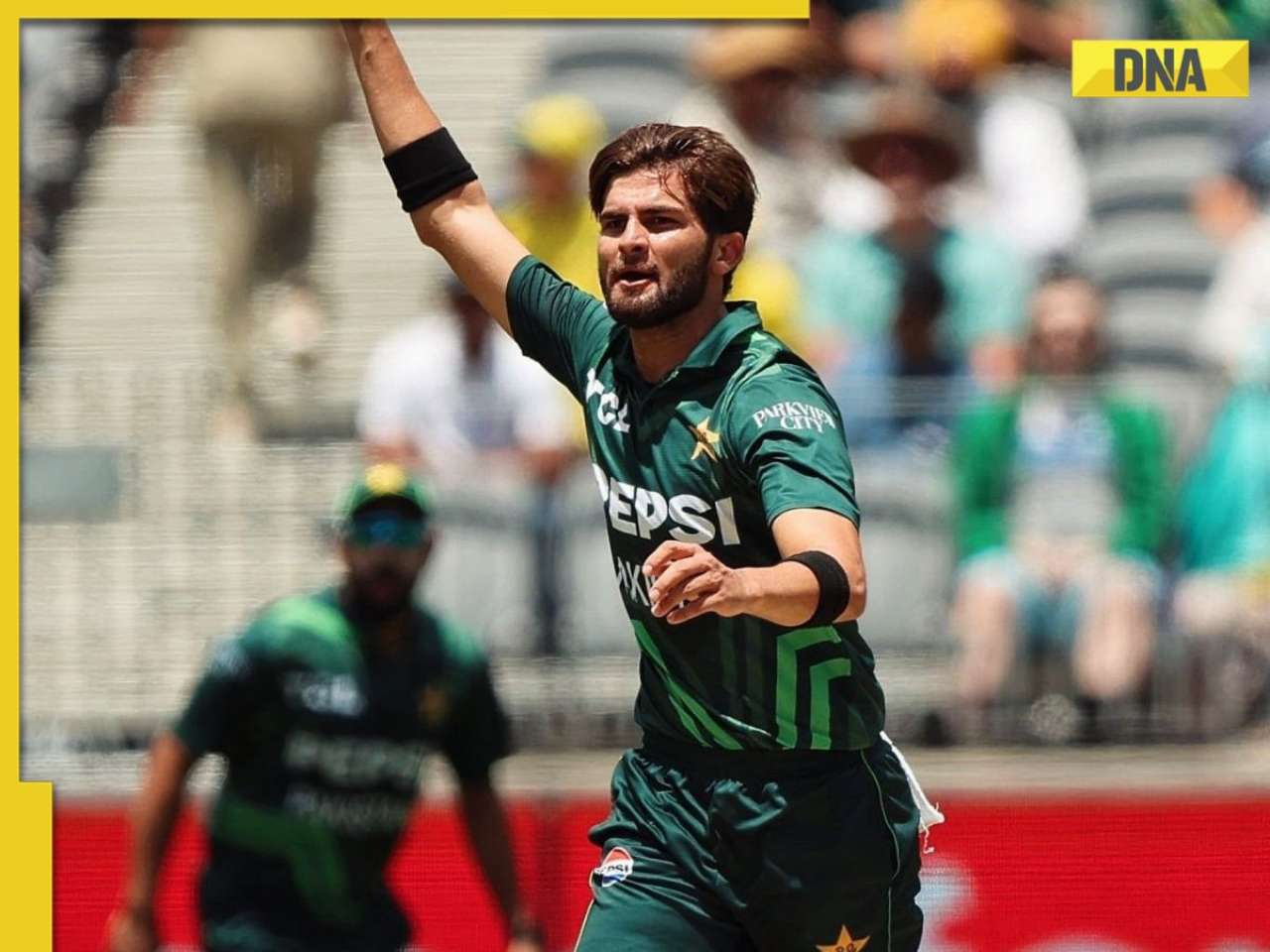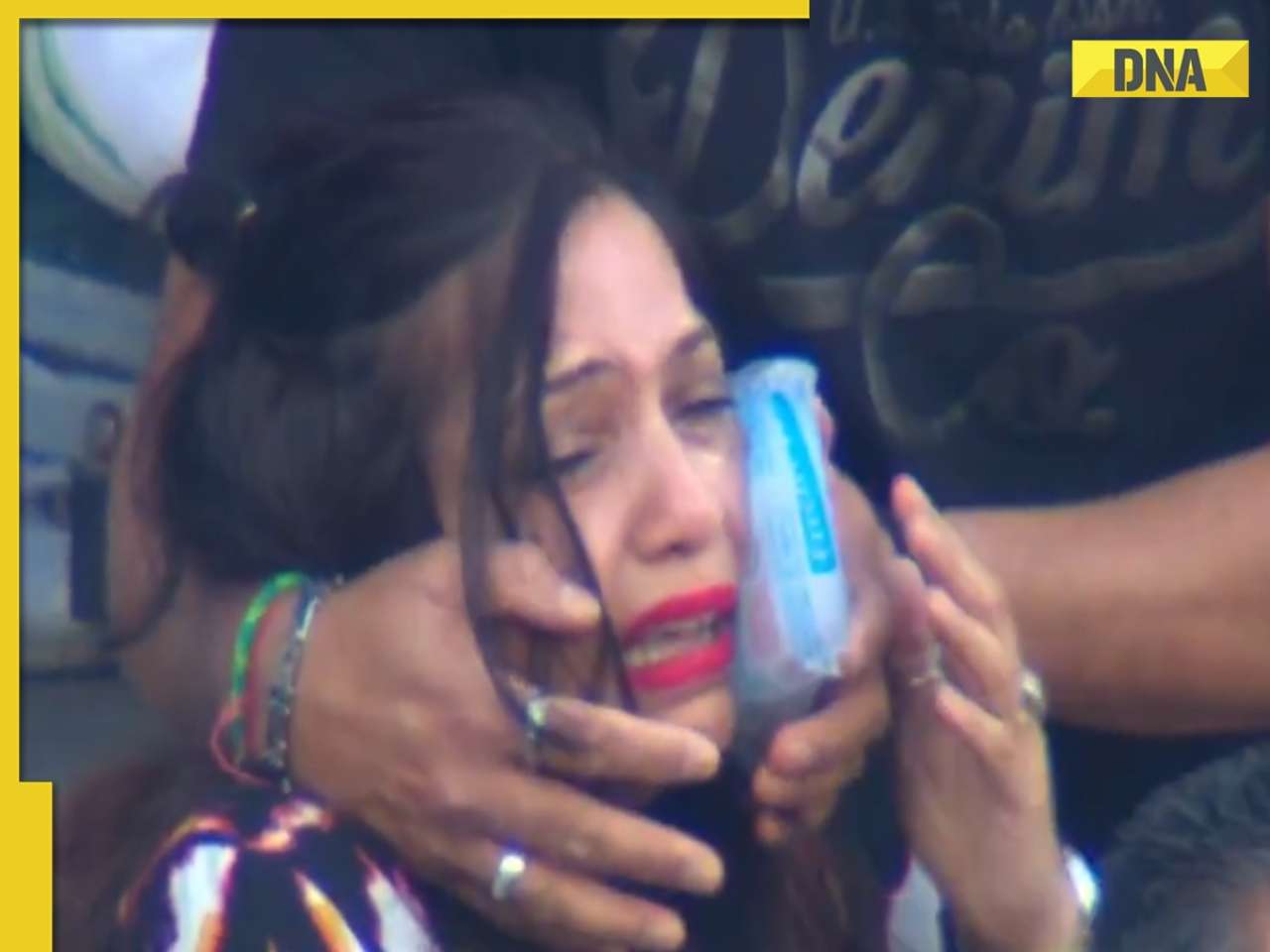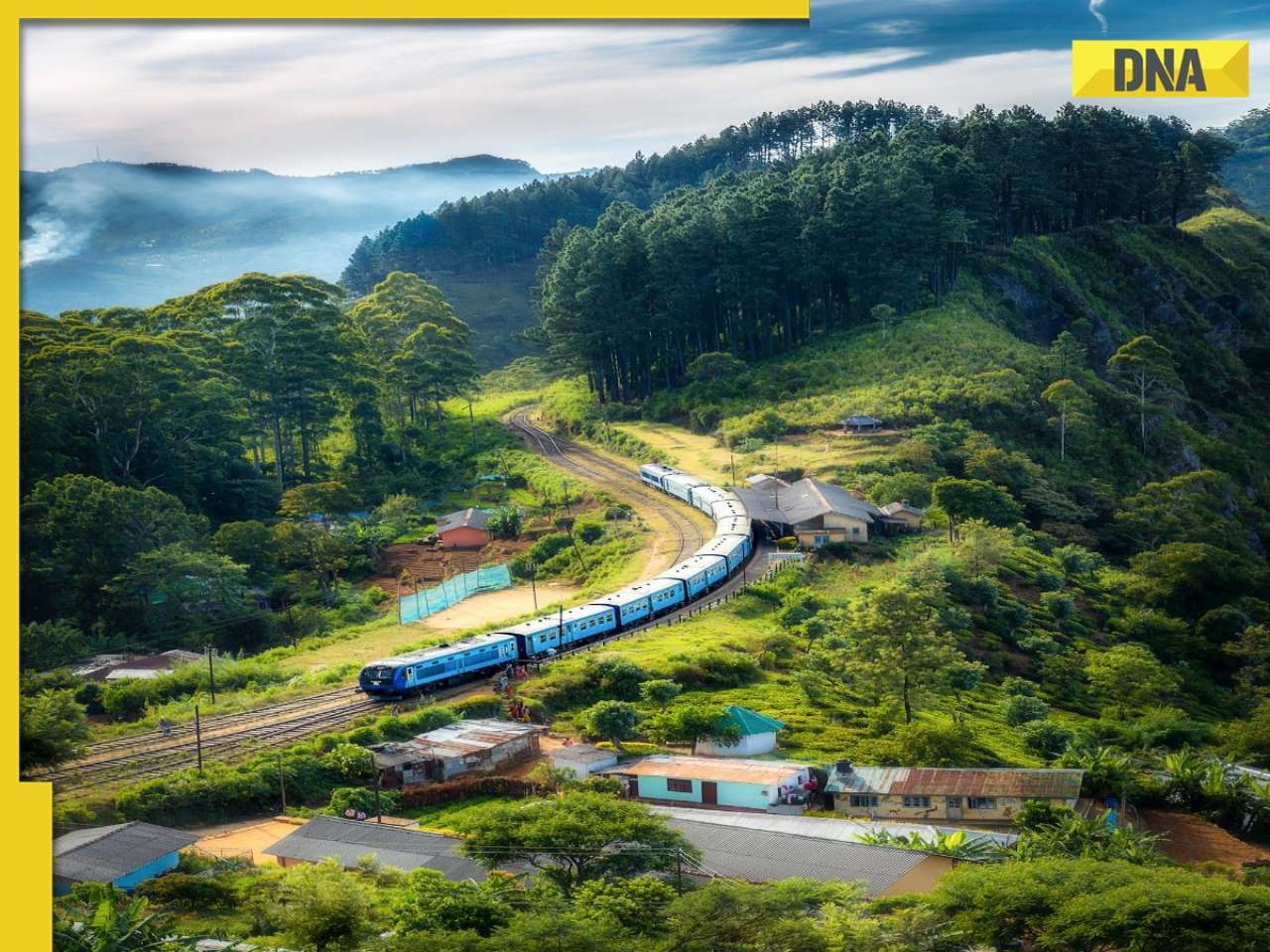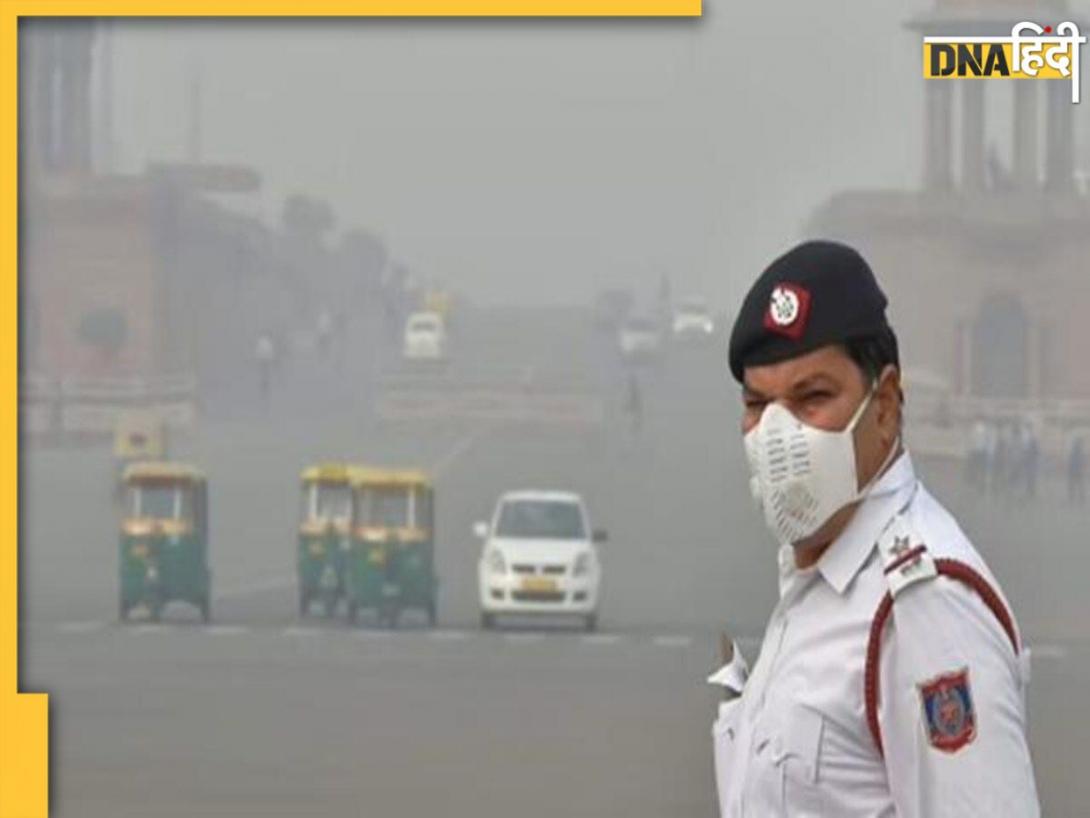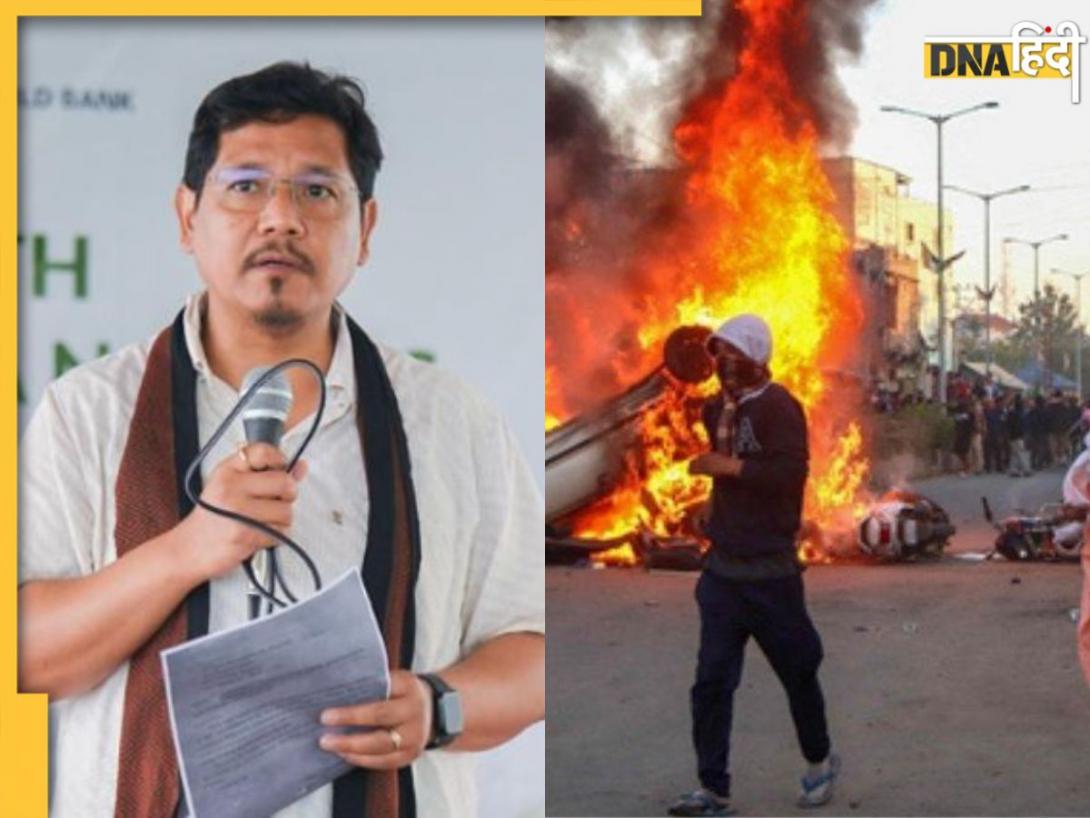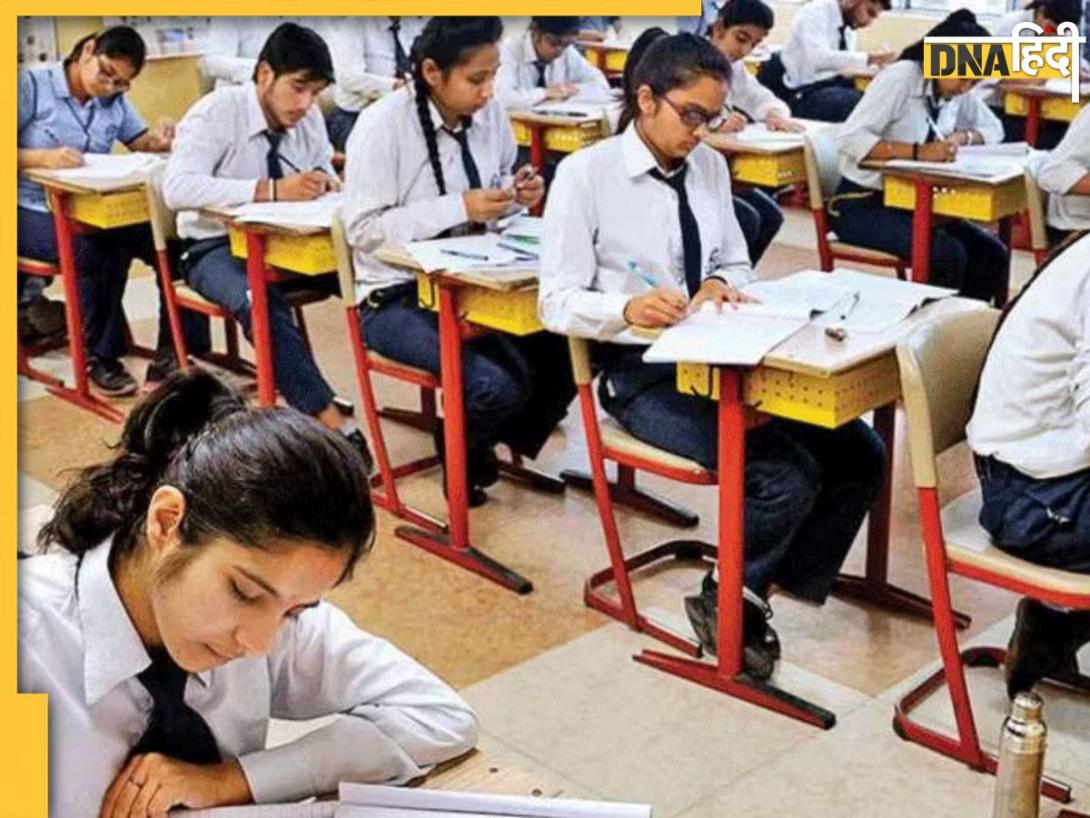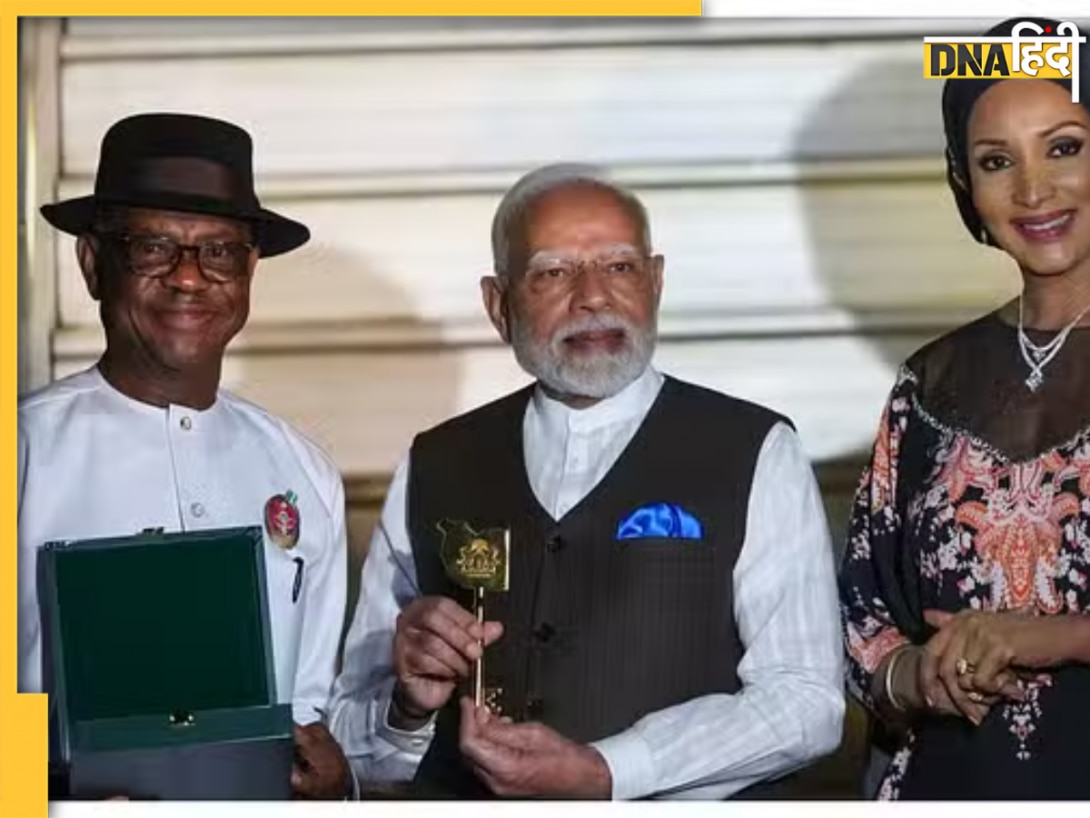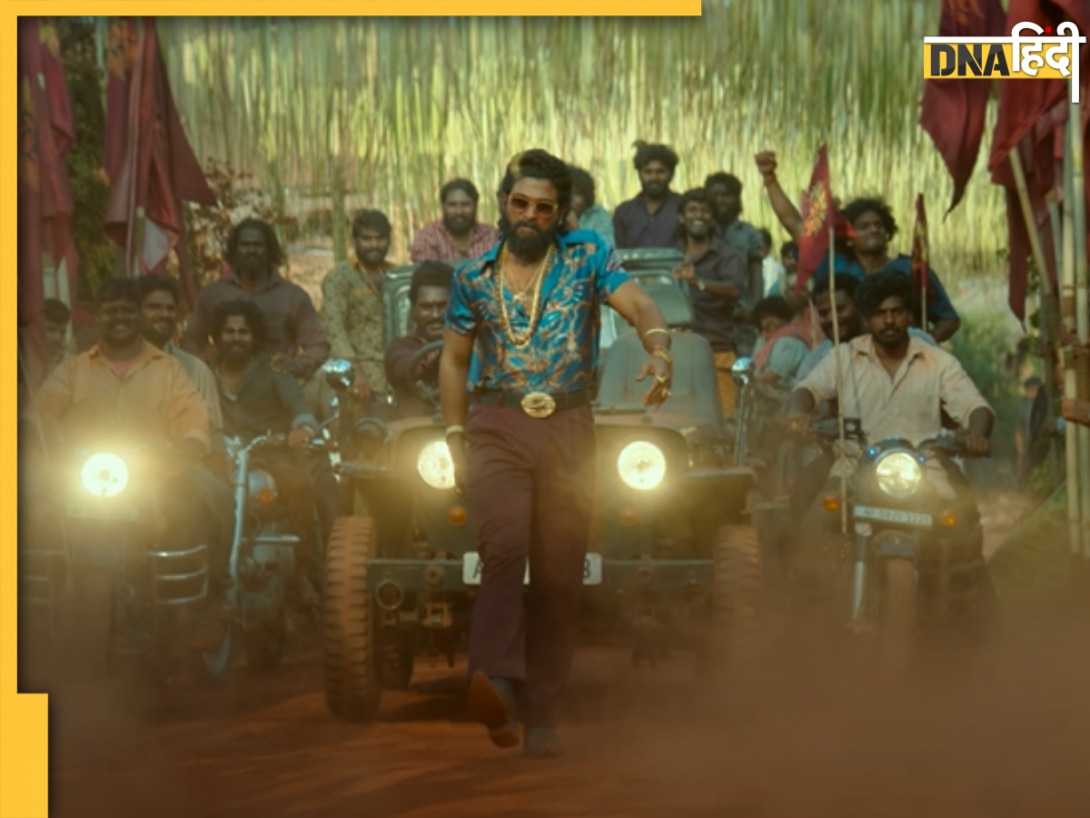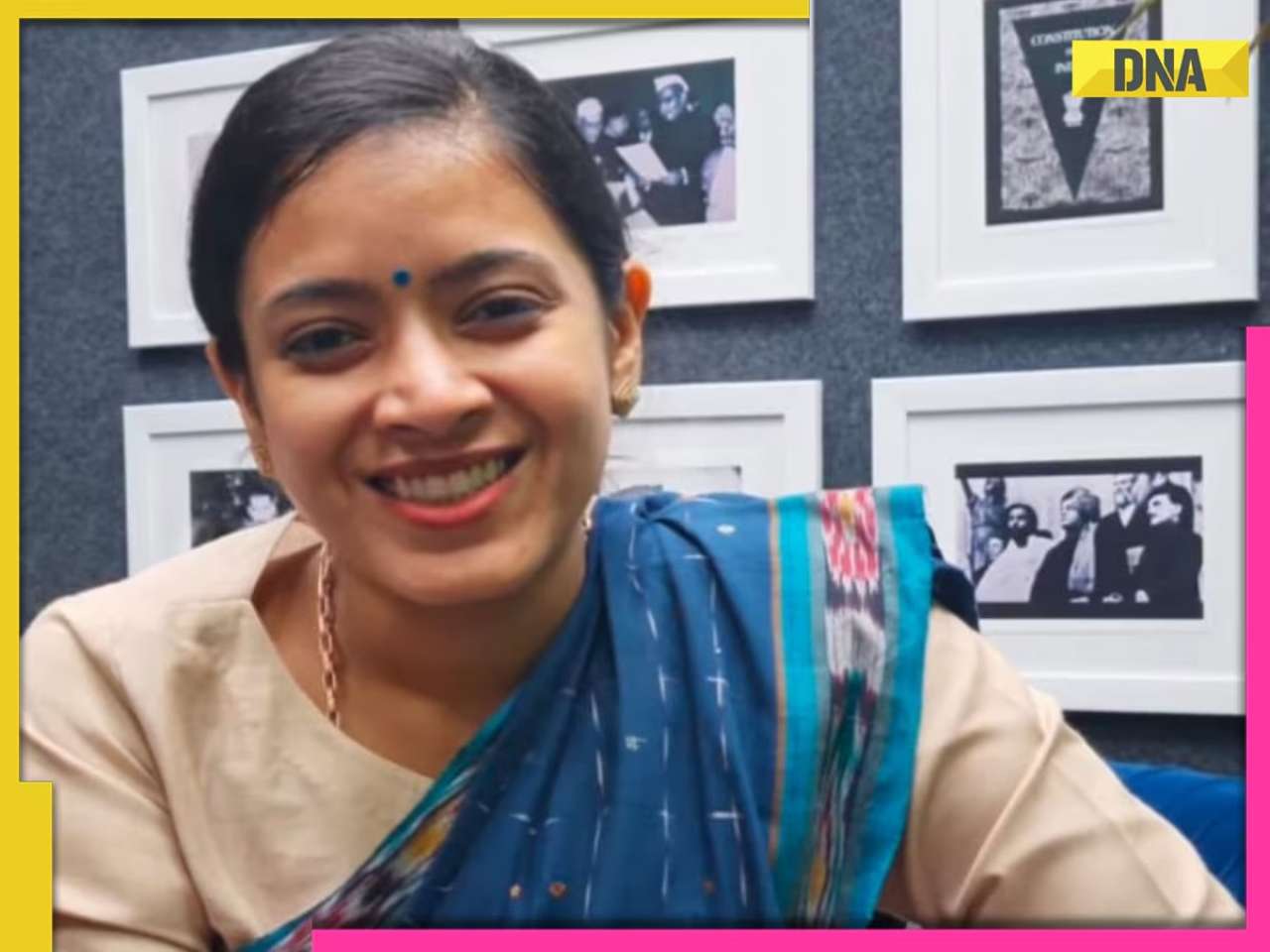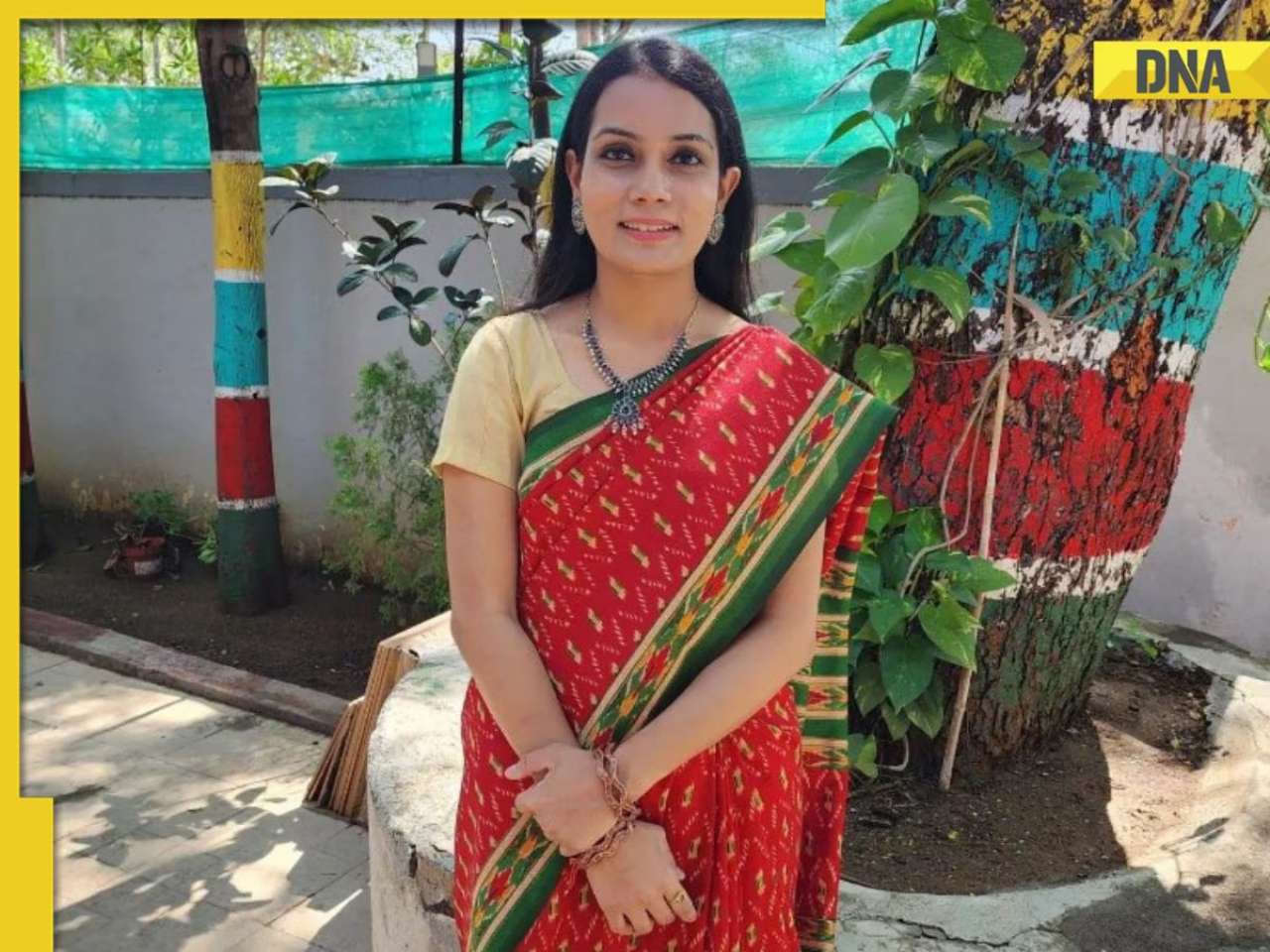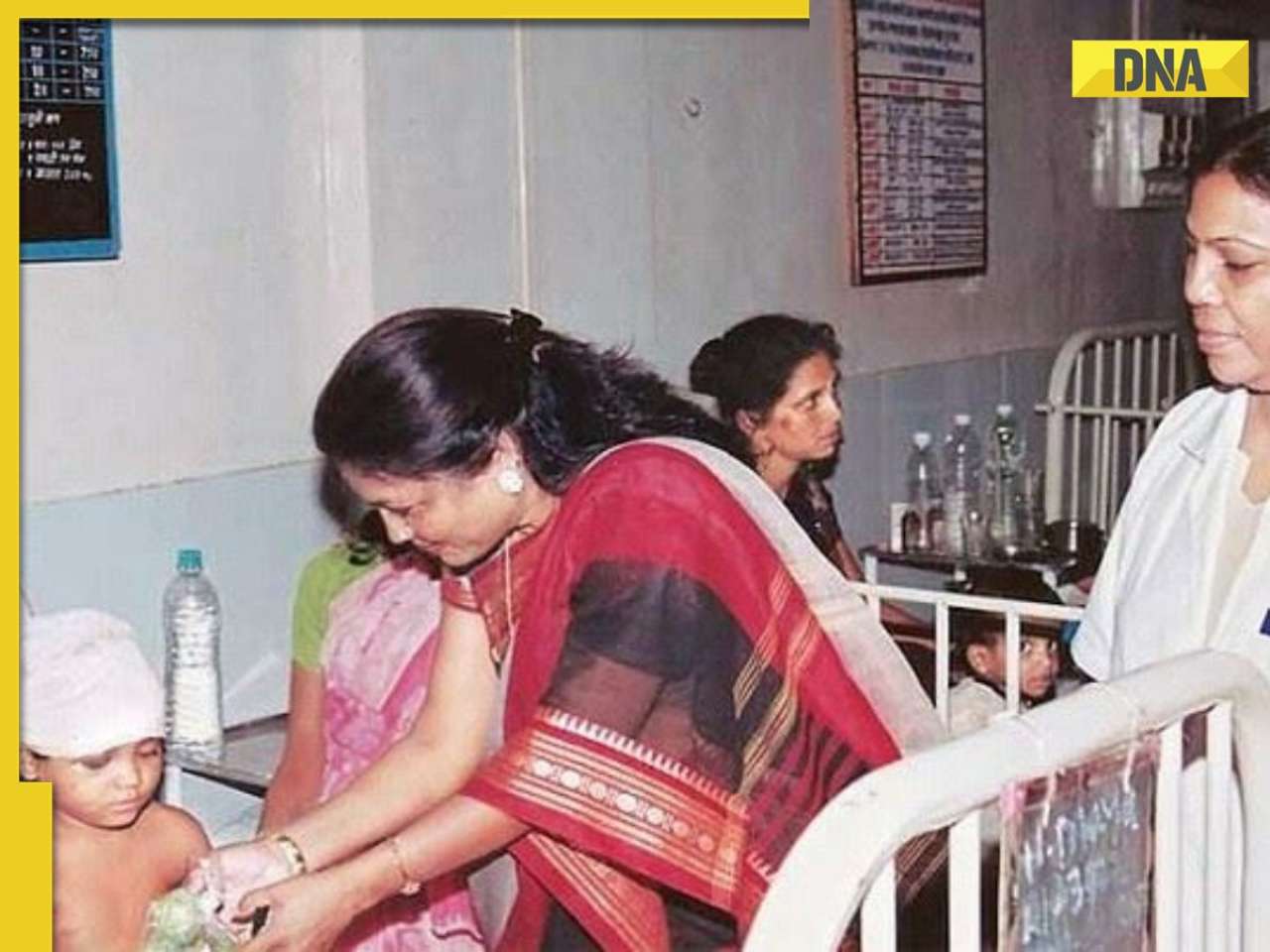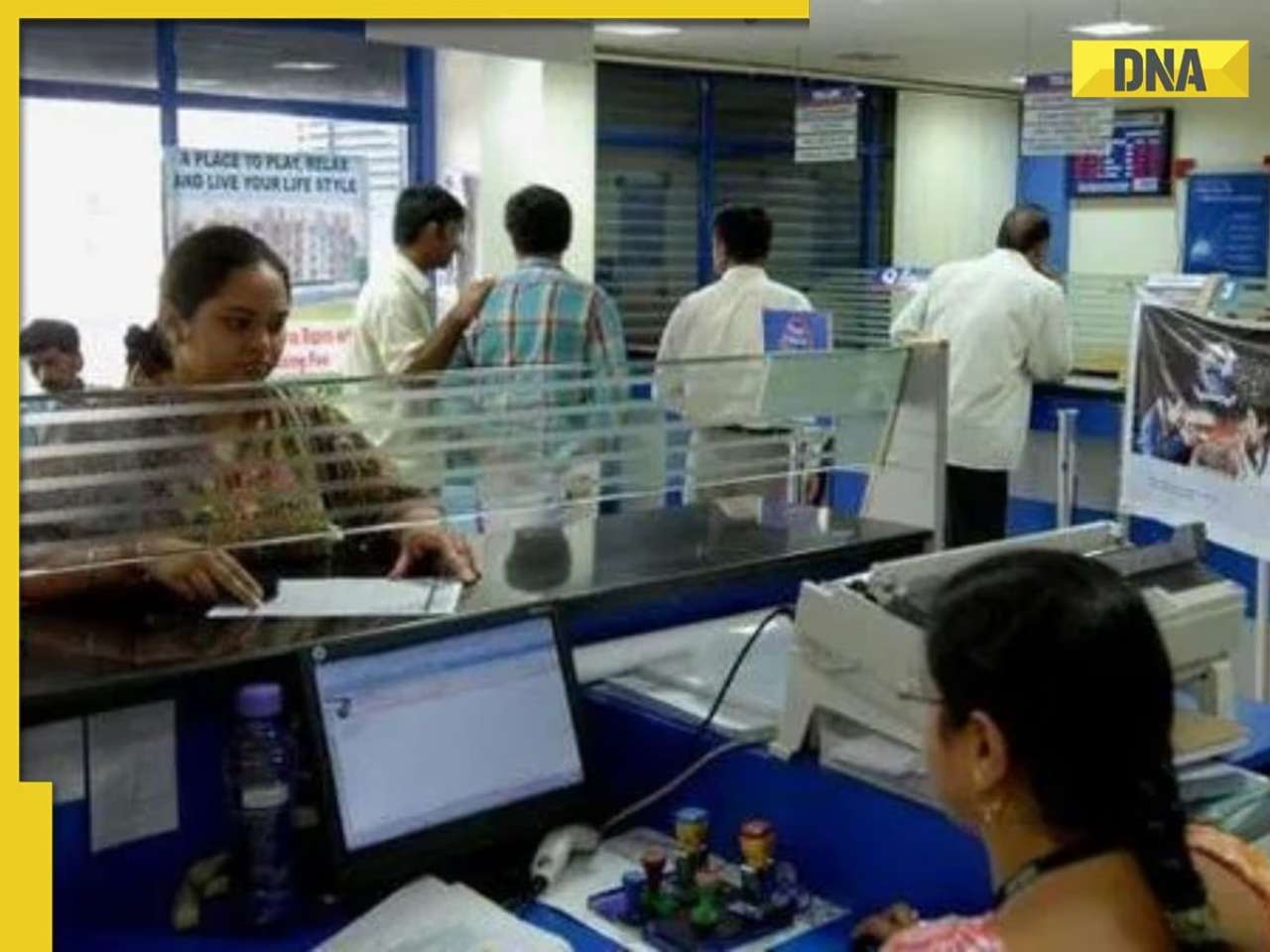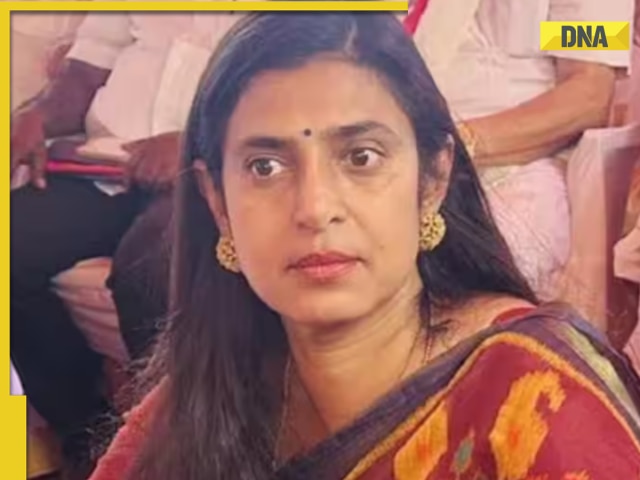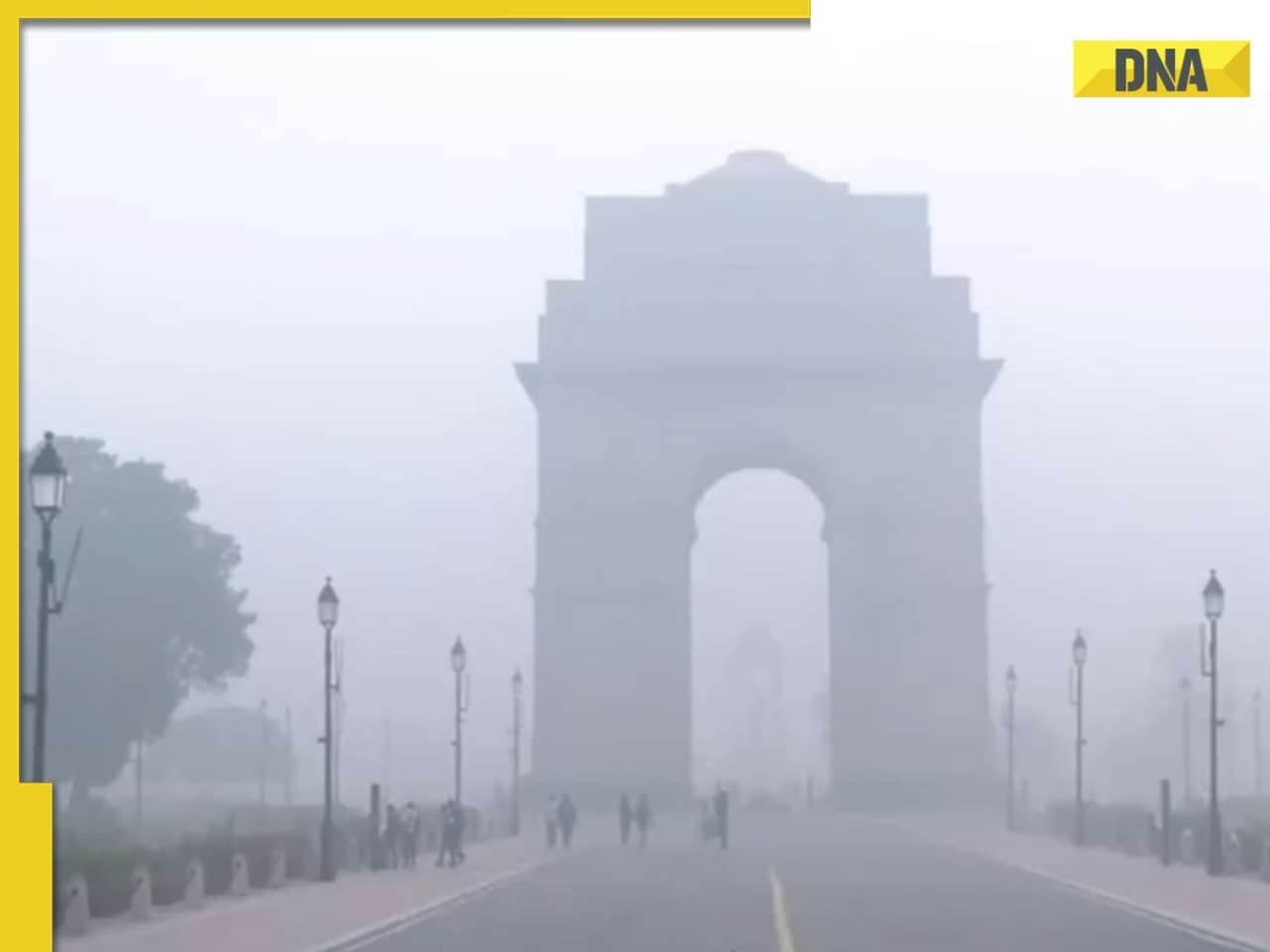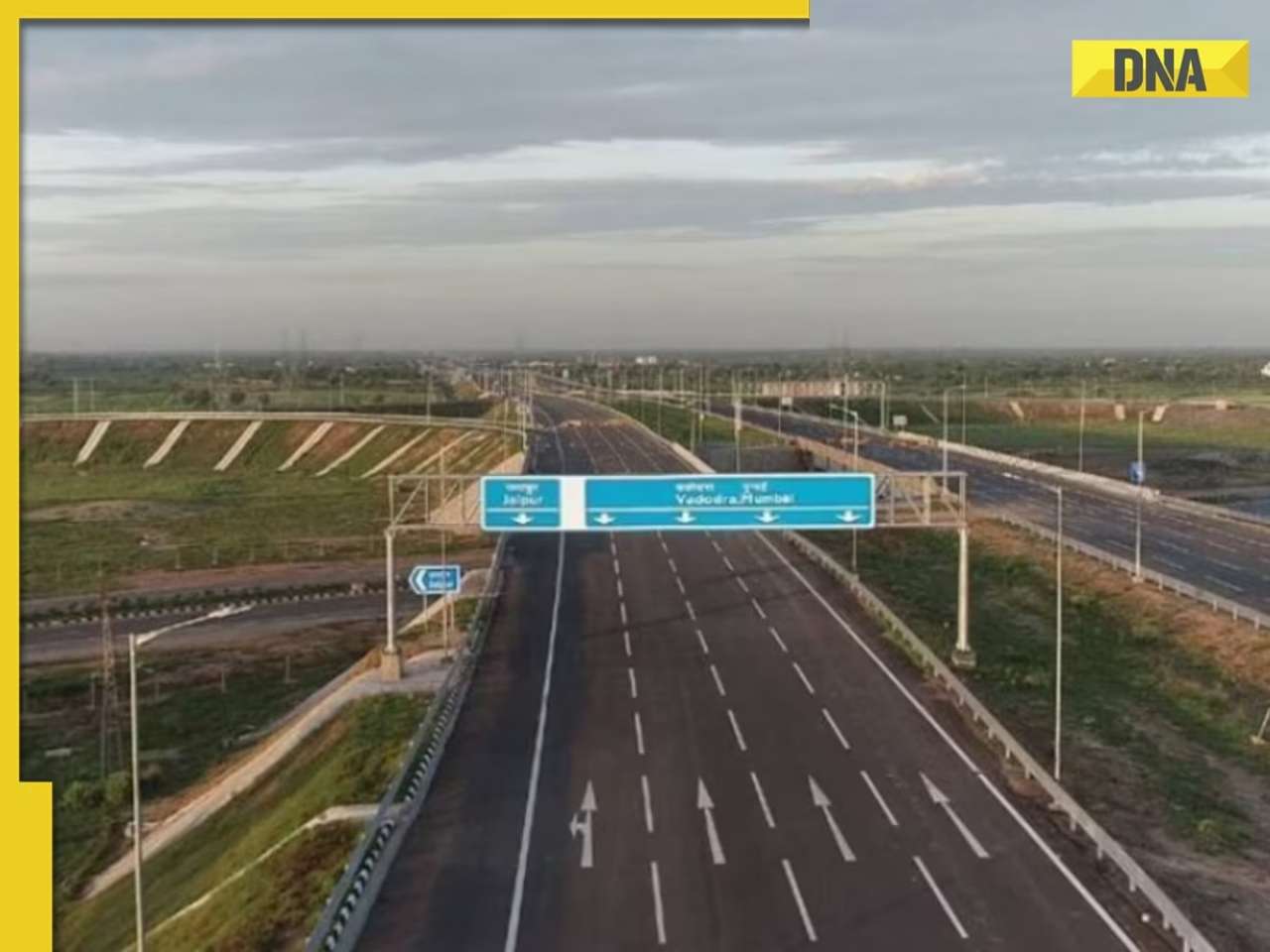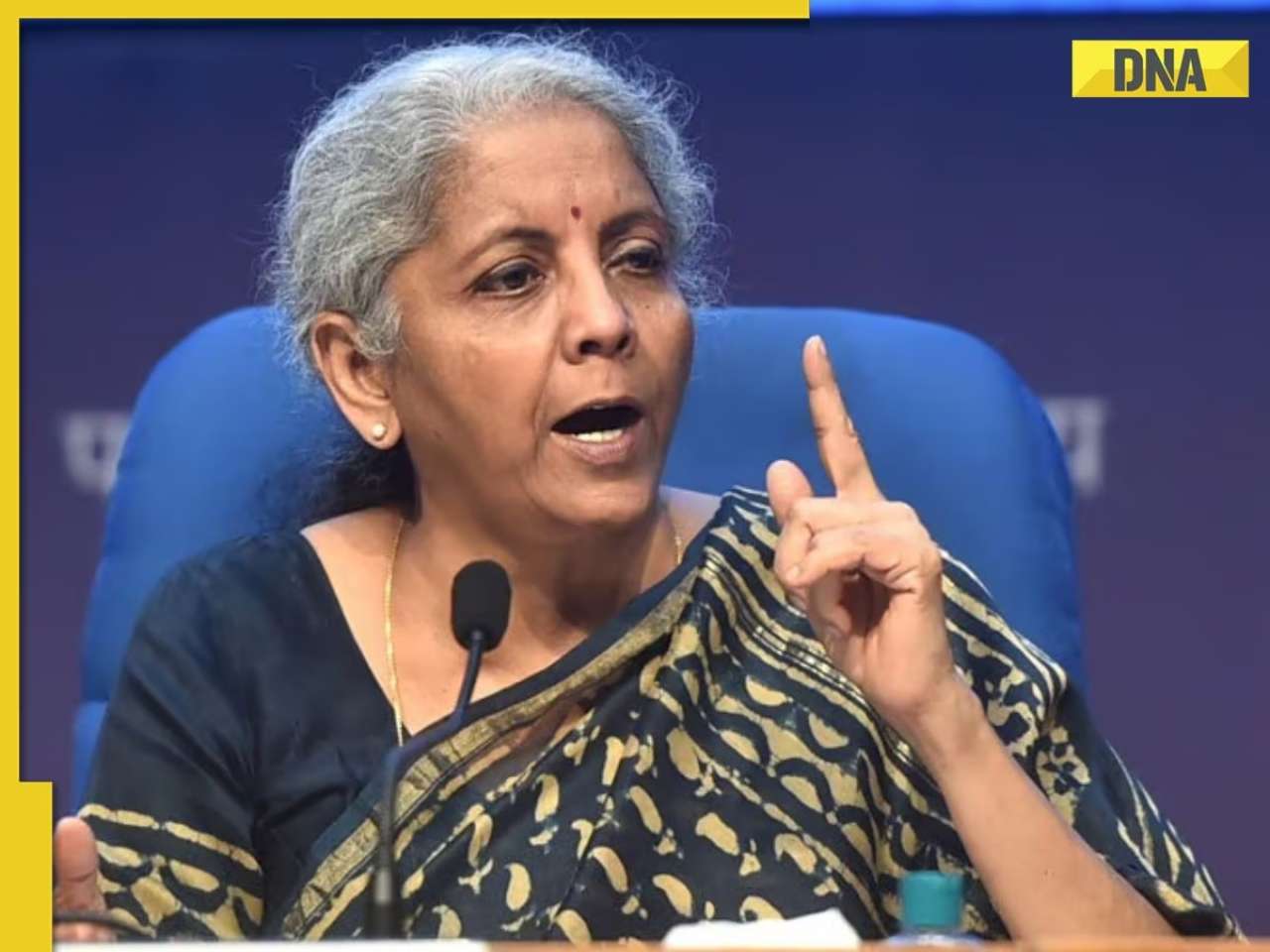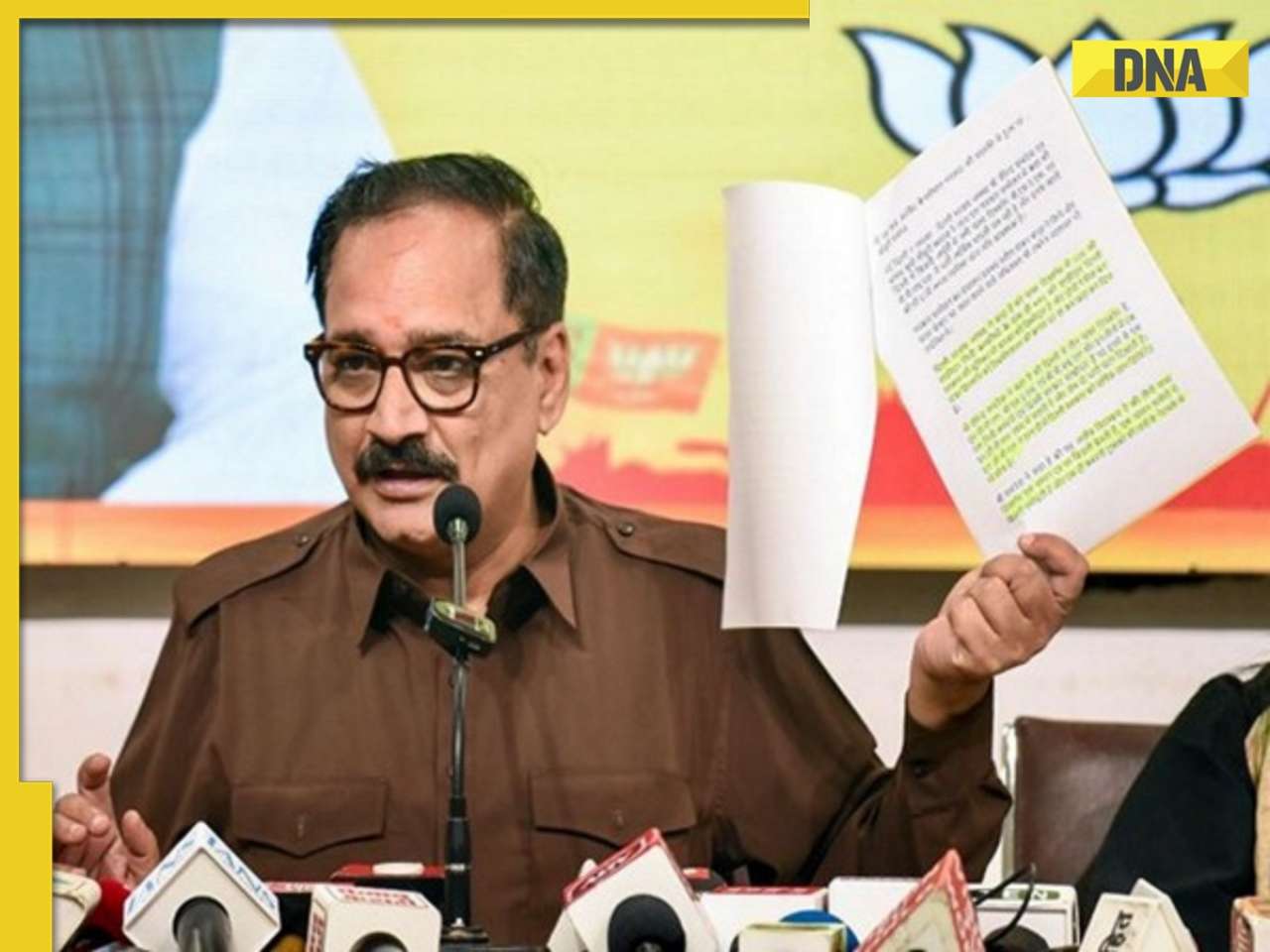- LATEST
- WEBSTORY
- TRENDING
DELHI
DNA In-Depth: As air quality dips, it’s duty vs health for Delhi’s traffic cops
With Delhi’s air pollution on the rise, DNA gets up, close and personal with city’s most susceptible of all — its traffic cops
TRENDING NOW
Standing strong, right under the shining golden sun, a Delhi Traffic Police officer, blamed for most of the traffic issues, deals with numerous issues while making sure that citizens have a safe and an easy commute.
From getting a warning of being suspended from duty if a high-rank officer is made to wait in the traffic, to inhaling pollutants while managing the traffic menace, these cops brave it all.
A traffic cop posted near Hanuman Mandir in North Delhi’s Kashmere Gate, on the condition of anonymity, says, “Once, while controlling traffic, one of my reporting officers had to wait for about 10 minutes before taking his position. Next day he called me to his office and threatened to suspend me if he had to wait ever again.”
As traffic and Delhi walk hand-in-hand with each other, the traffic police of the Capital makes sure that most of the traffic snarls one faces are short lived.
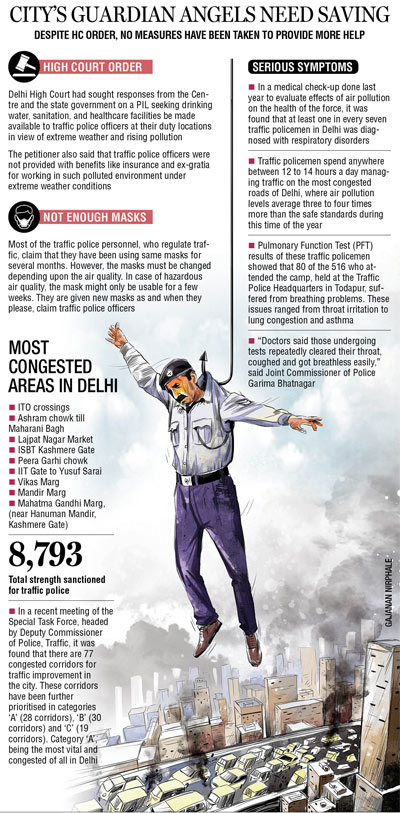 For instance, imagine commuting from Ashram Chowk towards Noida. Without a traffic police officer to regulate traffic, the 400-metre stretch towards Maharani Bagh from Ashram Chowk may take over 15 minutes for one to complete. However, because of the efforts of such regulators, the route, which is heavily congested, is still commutable.
For instance, imagine commuting from Ashram Chowk towards Noida. Without a traffic police officer to regulate traffic, the 400-metre stretch towards Maharani Bagh from Ashram Chowk may take over 15 minutes for one to complete. However, because of the efforts of such regulators, the route, which is heavily congested, is still commutable.
However, pressure from high-ranking officers is just one of the small issues that these cops deal with. The bigger concern for them is working on roads day and night, the rising level of pollution, lack of basic facilities, and being extremely susceptible to lung diseases, which make their jobs tougher.
Recently, the Delhi High Court sought responses from the Centre and the state government on a PIL seeking drinking water, sanitation and healthcare facilities be made available to traffic cops at their sites in view of “extreme weather” and pollution. DNA gets an up, close and personal accounts of some of these cops.
The petitioner argued that the traffic cops be given benefits like insurance and ex-gratia for working under such extreme weather conditions.
It’s not the first time that the authorities have taken this issue into consideration. In January, The National Human Rights Commission (NHRC) had issued notices to the Union Home Secretary and the Chief Secretaries of all states and the Union Territories over health hazard faced by the traffic cops due to higher air pollution.
“The NHRC has taken cognisance of a complaint raising the issue of Right to Health of Traffic Police personnel across the country,” the commission had said in a statement.
“Allegedly, the high air pollution is causing reduced life expectancy among them as the vehicular pollution affects their respiratory and reproductive system,” it had said.
The NHRC has also commented on the lack of health facilities to the traffic cops. Hoever, even after 10 months of the NHRC issuing a statement, the condition of these cops Delhi remains the same.
Armed with just a mask, provided by the authorities, the cops still work in unfavourable conditions without any medical assistance.
“Most of the state governments are not providing any extra allowances or health facilities to the traffic police personnel,” the NHRC statement had said.
The traffic cops deal with smoke and dust on a daily basis. However, since their duty is to regulate traffic, the officers, in a crisp white and blue uniform, make sure that vehicular pollution does not affect their work even though it might affect their health in the near future.
Extreme climate condtions, like scorching heat and temperature rising to 49 degree Celcius in the summer months and dipping to as low as 5 degree Celcius in the winter months, have also made their job difficult. Most of the duty stations still lack duty booths, constructed to primarily provide them with shelter during heavy rains, or bone-chilling winds, and the deadly hot winds in the summer.
Just about 500 metres from Delhi Police’s headquarters, in ITO, towards the School of Planning and Architecture (SPA), stands a traffic cop, Gopal (name changed), without even an umbrella.
In times of harsher weather conditions, Gopal uses a make-shift booth to protect himself from rain and sun. His ‘booth’ is made of discarded billboards, flexes and banners.
At some locations, traffic cops have been provided with booths to sit, rest and keep their belongings in. However, cops stationed at these locations say that these booths too tiny to even keep their bags, let alone taking rest.
“We have five constables here, and this 4x2 booth merely stores our belongings. We do not have enough space to even change clothes in these booths,” said an officer posted at the Hanuman Mandir flyover at Kashmere Gate.
Making their job even more difficult is the lack of basic facilities like drinking water and toilet. The cops are expected to arrange for drinking water on their own, and also manage toilet facilities for themselves.
Traffic cops, in most cases, use a public toilet, making sanitation another biggest health concern.
When asked about the food and refreshment provided to them, one of the police constable, posted near Karol Bagh, said, “Leave aside food or refreshment, even drinking water is arranged by us.”
“The biggest problem is the absence of toilets, as most of the times we ask staff of nearby hotels to allow us to use toilets in their hotels,” the constable added.
But for these cops, the real issue will always be pollution and the adverse effects it has on them. Although the traffic cops, who regulate traffic, are provided with pollution control mask by the authorities, they are made to use them for months at a stretch. Under these circumstances, the cops end up questioning the intentions of authorities to provide a safe working environment for them.
“There is no fixed duration for usage of these masks. Whenever the authority feels the need, they provide us with a new mask. I doubt that these masks are usable after a month,” said a traffic constable posted at Anand Vihar bus terminal.
In 2017, a medical check-up was organised to evaluate the effects of air pollution on the health of the force. It was found that at least one in every seven traffic policemen in Delhi had respiratory disorders.
Traffic cops spend anywhere between 12 to 14 hours a day, managing traffic on the most congested roads of Delhi, where air pollution levels average three to four times more than the safe standards during this time of the year.
Pulmonary function test (PFT) results of these traffic policemen showed that 80 of the 516 who attended the camp, held at the Traffic Police Headquarters in Todapur, suffered from breathing problems. These issues ranged from throat irritation to lung congestion and asthma.

[(Left) Despite spending at least 12 to 14 hours at work, traffic cops have to arrange for drinking water themselves; Gopal (name changed), a cop with Delhi Traffic Police, uses a make-shift booth as shelter in times of harsh weather conditions. The ‘booth’ is made of discarded billboards, flexes, and banners]
“Most men had breathing problems. Doctors said those undergoing tests repeatedly cleared their throat, coughed and got breathless easily. Most of them showed signs of asthma,” Joint Commissioner of Police, Garima Bhatnagar, had said.
“I reach here at 7 am as that is the time when the real rush begins. Although our day is a bit relaxing but then at about 6 pm, we are again on our toes, tackling traffic till about 10:30 in night,” said another officer posted at Hanuman Mandir flyover.
The training given to these officers, has in this case, helped them work such extended hours. However, the rising level of pollution, year-after-year, will pose a serious threat to their health.
Cops argue that even masks provide only partial help as the can prevent inhalation of toxic pollutants, but eyes remain exposed. In case of a blazing sun, typical sunglasses also fail to provide any comfort to them.
“Although the mask has been providing a good amount of protection, but then our eyes are still exposed to the dust and pollutants, and normal sunglasses cannot provide full protection,” said Gopal.
The Lieutenant-Governor Anil Baijal, in a high-level meeting last year, had asked the Delhi Police and other civic agencies to form a Special Task Force (STF) to identify the congested points across the city.
The task force, which is headed by the Deputy Commissioner of Police (DCP), Traffic, also includes members from other civic agencies.
To handle the issues of congestion at main arterial roads, six task forces, one for each traffic range, were constituted with DCP/Range/Traffic as the Convener to identify bottlenecks leading to traffic jams. They were also asked to prepare a time-bound action plan for a smooth flow of traffic on those roads.
The task force comprises of representatives from PWD, MCD (South Delhi Municipal Corporation, East Delhi Municipal Corporation, North Delhi Municipal Corporation), Delhi Transport Corporation (DTC), Delhi Development Authority (DDA), the Transport Department, and the National Highways Authority of India (NHAI).
The task force teams have held meetings with member stakeholders and identified 77 congested corridors for improvement of the traffic situated in the city.
These corridors have been further prioritised in categories ‘A’ (28 corridors), ‘B’ (30 corridors) and ‘C’ (19 corridors). Most vital and congested corridors have been categorised as ‘A’ on the basis of the volume of traffic and the main arterial roads connecting various parts of Delhi to ensure a smoother flow of daily traffic.
However, by the time these corridors get clear of the traffic snarls, the traffic police officers posted at these routes, would be prone to various difficulties.
For example, areas like Anand Vihar, have been facing hazardous levels of air quality almost every day now.
Moreover, areas like ITO crossings, Ashram chow, Maharani Bagh, Lajpat Nagar Market, ISBT Kashmere Gate, Peera Garhi Chowk, IIT Gate to Yusuf Sarai, Vikas Marg, Mandir Marg, and Mahatma Gandhi Marg, (near Hanuman Mandir, Kashmere gate) remain congested on a regular basis.
Such areas require a good number of traffic police staff to make sure that traffic moves at a good pace. However, the sanctioned strength for traffic police is just 8,793, which stands way less for the city which witnessess lakhs of vehicles commuting on a daily basis.
Sometimes, there are issues like people driving on the wrong side of the road, jumping red lights, making a u-turn from the wrong side, and getting into fights in the middle of the road. Such issues create huge traffic snarls as well.
One must understand the rules and regulations of commuting on roads and follow them accordingly. A little awareness from citizens’ part would definitely make the cops’ job easier.
“Just a little awareness on road and a determination to follow rules would actually make our job easier by many folds; however people don’t understand this,” added Gopal.




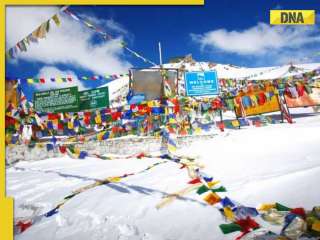


)
)
)
)
)
)
)
)
)
)
)
)
)
)
)
)





